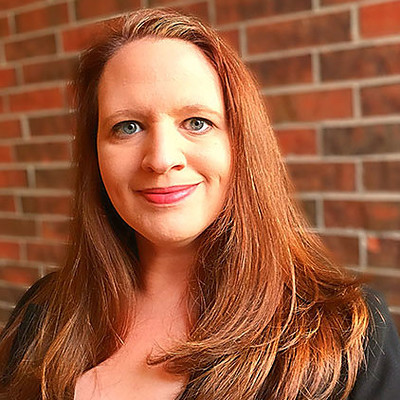Student-led Programming: Opportunities for Clinical Design with Student Engagement
Using the example of the Unity Clinic at The University of Oklahoma Health Sciences Center, this seminar will introduce participants to methods for student engagement in designing and implementing student-led clinical practice for interprofessional clinical learning.
The Unity Clinic aims to provide meaningful, interprofessional, clinical experience with real-world applications. The project began in Spring 2017 with the ultimate vision of an interdisciplinary, mobile, student-led clinic. The foundation was built by the Planning Committee which consisted of 12 student leaders from the seven colleges on the HSC campus, social work students with exploration of the structural, logistical, and practicality. A detailed evaluation of comparable initiatives nationally, on the HSC campus, and possible community stakeholders was developed.
A working model was developed that ultimately became the blueprint for the Unity Clinic Pilot. This included the mission, values, and possible team structure for the clinic. The team subsequently outlined three milestones in the development of the Unity Clinic:
1. Structure: create a sustainable, replicable, standardized clinic model that allows all students to participate in a meaningful way.
2. Integration: foster institutional support for the clinic model and incorporate the Unity Clinic within the university.
3. Mobilization: add a mobile unit to the clinic to serve the greater state of Oklahoma.
An interprofessional team was needed to build on the work that was done by the Planning Committee. To achieve this, a team of 48 student leaders from 18 professions was assembled into a Steering Committee. This committee was charged with creating a sustainable interprofessional clinic model that provided a meaningful experience for students and patients. The Steering Committee was subdivided into three subcommittees: Operations, Clinical Care, and Preventative Care. The initial structure would be centered around diabetic patients. This is due to the large population that suffers from diabetes in Oklahoma as well as its multisystem pathology requiring an interprofessional team for effective management.
The clinic would take place at the Good Shepherd clinic in Oklahoma City. Due to their existing partnership with the university, many of the legal, financial, and logistical requirements were previously resolved. Additionally, the Good Shepherd clinic has an existing patient list allowing the team to select patients.
At completion of this seminar, participants will be able to:
1. Describe the methods of student engagement used to develop the Unity Clinic
2. Identify community-based opportunities for implementation of student-led clinical activities
3. Discuss opportunities to engage students in leadership in clinical curriculum design
• Ranking Response: Using the example of committee creation with the Unity Clinic, participants will prioritize through ranking the possible development of student-led clinical teams at their institution.
• Case Study: Using the prompt of a student-led mobile clinic, identify community-based opportunities for implementation of student-led clinical activities.
• Reflection: Using the example of engagement of students in leadership, participants will reflect on opportunities to immediately engage students in clinical development.
This seminar will highlight the measurable outcomes of the Unity Clinic pilot to demonstrate the effectiveness of student-led clinical programming with a community partner agency.
In support of improving patient care, this activity is planned and implemented by The National Center for Interprofessional Practice and Education. The National Center for Interprofessional Practice and Education is accredited by the Accreditation Council for Continuing Medical Education (ACCME), the Accreditation Council for Pharmacy Education (ACPE), and the American Nurses Credentialing Center (ANCC) to provide continuing education for the healthcare team.
As a Jointly Accredited Provider, the National Center is approved to offer social work continuing education by the Association of Social Work Boards (ASWB) Approved Continuing Education (ACE) program. Organizations, not individual courses, are approved under this program. State and provincial regulatory boards have the final authority to determine whether an individual course may be accepted for continuing education credit. The National Center maintains responsibility for this course. Social workers completing this course receive continuing education credits.
This activity was planned by and for the healthcare team, and learners will receive Interprofessional Continuing Education (IPCE) credit for learning and change.
- Physicians: This activity will be designated for CME AMA PRA Category 1 Credit(s)TM through ACCME.
- Physician Assistants: NCCPA accepts AMA PRA Category 1 Credit(s)™ from organizations accredited by ACCME or a recognized state medical society.
- Nurses: This activity will be designated for CNE nursing contact hours through ANCC.
- Pharmacists and Pharmacy Technicians: This activity will be designated for CPE contact hours (CEUs) through ACPE.
- Social Workers: This activity will be designated for social work continuing education credits through ASWB.
- All health professionals: This activity was planned by and for the healthcare team, and learners will receive Interprofessional Continuing Education (IPCE) credit for learning and change.







